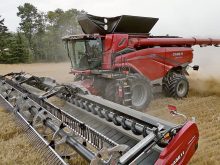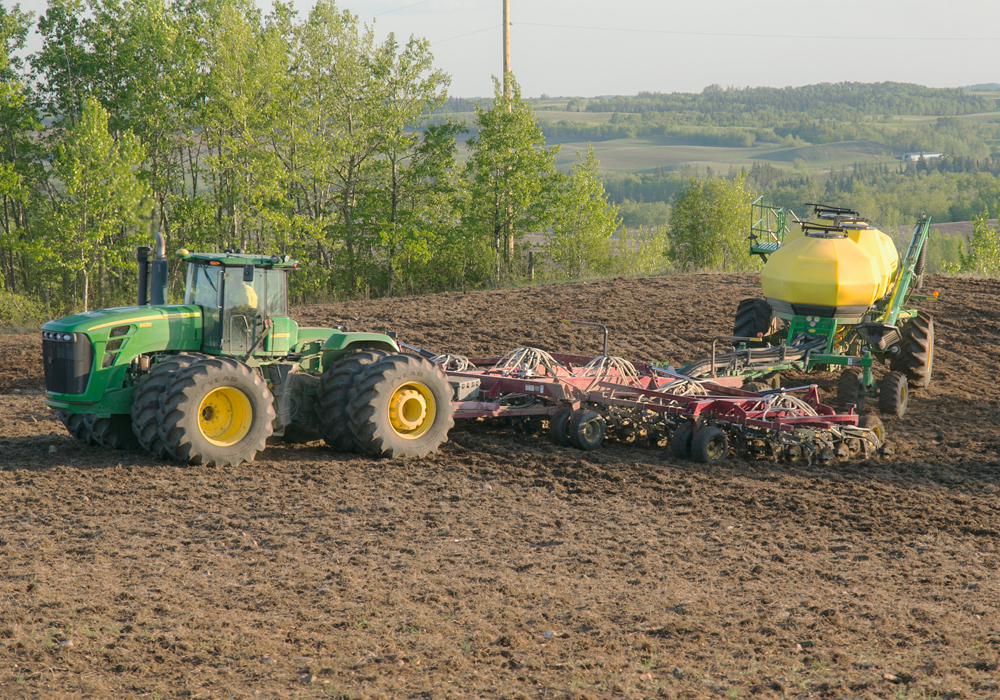DRESDEN, Ont. – Canadian corn growers risk losing access to Bt technology if they don’t improve their refuge compliance, says the Canadian Corn Pest Coalition after meeting with federal regulators.
A 2005 survey found that 80 percent of corn growers in Manitoba, Ontario and Quebec said they complied with refuge requirements. However, that number dropped to 61 percent last year.
The refuge strategy is intended to slow the development of pest resistance to Bt.
“If compliance is as bad (in the future), they (the Canadian Food Inspection Agency) said they would withdraw their release of the technology so that it won’t be available any more,” said coalition president Art Schaafsma, a pest management specialist.
Read Also

Fusarium head blight mycotoxin detector in the works
A PhD student at the University of Saskatchewan has been working on developing a method of detecting fusarium damaged kernels to ease the struggles of producers, agronomists and industry.
“The refuge strategy is not voluntary. It’s a requirement.… The CFIA was trying to take a softer approach.”
The bacillus thuringiensis gene has been successfully inserted into the DNA of several crops to produce a protein that is toxic to specific insects, including the European corn borer, boll weevil and corn rootworm.
Schaafsma said it was predicted when Bt corn was first introduced that insect resistance to some of the gene expressions would develop within eight to 10 years.
So far, European corn borer resistance hasn’t been positively identified, although two recent suspect cases were found in the United States.
Farmers are to sow 20 percent of their acreage to non-Bt varieties. Refuges are to be within 400 metres of corn-borer resistant varieties and adjacent to or within corn rootworm fields.
Schaafsma said there are two reasons why some growers may be reluctant to plant a refuge:
Schaafsma said research has found that the technology reduces the European corn borer population to such low levels that it seldom becomes a concern.
He said the onus is on the companies that own the technology to enforce the refuge strategy. In turn, they pass on the obligation either directly to farmers or indirectly through seed companies that license the technology.
Schaafsma said a two-strikes-and-you’re-out policy is now in place for farmers.
“There are some farmers who’ve already been warned by their technology provider.”
One alternative to a ban would be to require growers to buy their 20 percent refuge corn at the same time they buy their Bt corn.
Another option, first proposed by Pioneer Hi-Bred, is to mix refuge corn in the bag with the Bt variety. However, Schaafsma said scientists are still debating the efficiency of this method.














